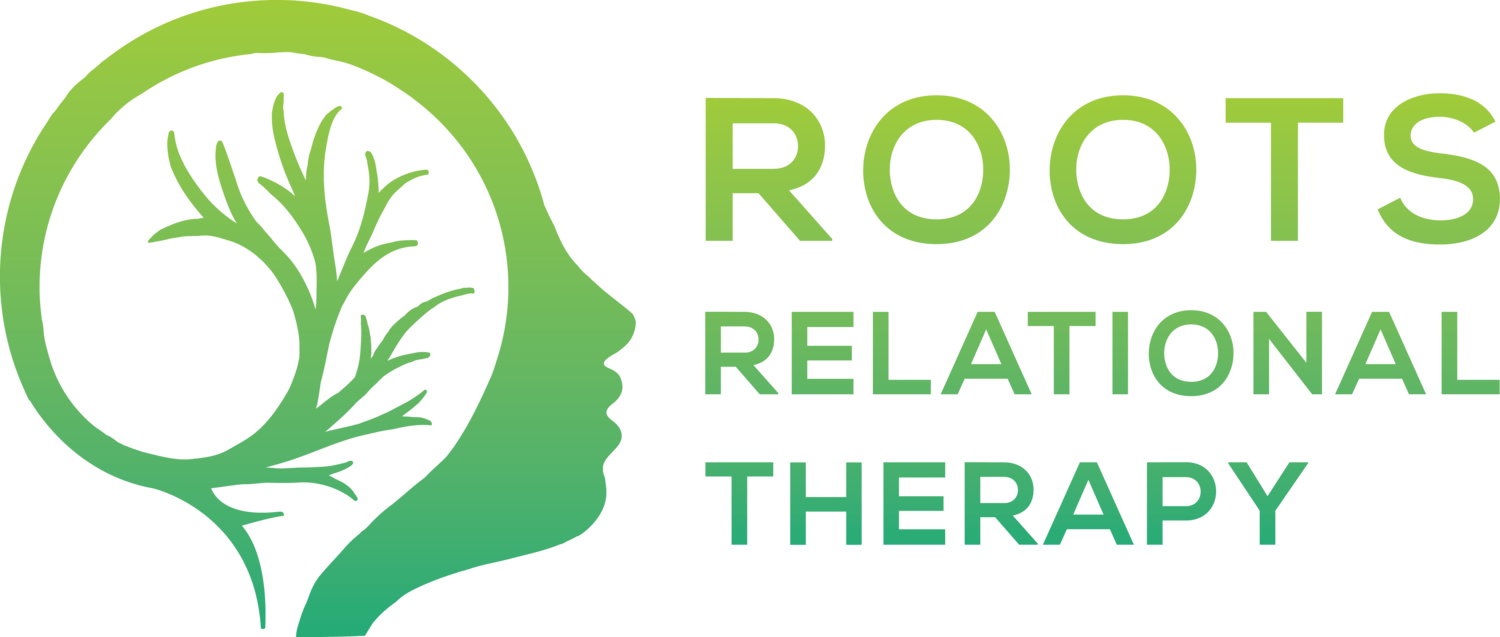Where Do Attachment Styles Come From?
Founding researchers in attachment science once believed that attachment style is decided in early childhood and could not be changed. However, as more studies on attachment become available, there is increasing evidence that attachment style does not originate from a single source, and is changeable. This information can offer a message of hope, as well as caution.
1. Genetic Predisposition
A genetic association study by the University of Kansas and UC Davis discovered that a specific pattern of the dopamine receptor DRD2 allele is associated with anxious attachment style, whereas a variant of the serotonin 5-HT1A receptor was linked to avoidant style.
These two genes are known to play a role in many brain functions, including emotions, reward, attention, social behavior and pair bonding. Now, I know genetic predisposition sounds scary, but don’t be too discouraged. The researchers concluded that attachment insecurities are only partially explained by particular genes, and there is a great deal of individual difference that is explained by social experience.
Similar to genetic testing to assess an increased risk for physical disorders, having a specific gene is not a guarantee of having the disorder. Environmental factors can either increase or decrease the likelihood of gene expression. As the saying goes, “genes load the gun, but environmental life experience pulls the trigger.”
Outside of specific genes, generational trauma within a family can negatively impact brain development to make a child more inclined to develop insecure attachment styles. Generational trauma also influences the second source of attachment style…
2. How We Were Raised, From Ages 0-5
The second source of attachment style involves how we were raised, especially from age 0-5. This critical period is where infants establish their primary bond with parents, laying the foundation for future social interactions, the capability of emotional regulation, and their overall mental health. How we were raised includes parental wellbeing, the style of parenting, and any environmental stressors that impact parental availability.
If you had parents that were sensitive to your wellbeing, available to support you, emotionally responsive, and able to repair any rifts that happened in the relationship, you have a higher likelihood of developing a secure attachment style. This would include parents that are engaged, present, and attuned to you unconditionally.
If you had parents that were inconsistently responsive, meaning sometimes they were and sometimes they weren’t, you have a higher likelihood of developing an anxious attachment style. One example of this would include parents that only offered conditional love, where your needs and wellbeing were only invested in when you met a certain standard.
If you had parents that were distant, rigid, and unresponsive, you have a higher likelihood of developing an avoidant attachment style. One example of this could be a single parent who is spread too thin and unable to be an engaged and present parent, so the child develops to be hyper-independent.
On average, about 70-75% of adults remain consistently in the same attachment category at different points in their lives, while the remaining 25-30% of the studied population reported a change in their attachment style, which leads to the third source of attachment development…
3. Life Experience in Relationships
Emotionally potent romantic relationships in adulthood are so powerful that they can actually revise our most basic beliefs and attitudes toward our lovability and felt safety in connectedness.
On one hand, this is good news, as a healthy and secure romantic relationship can heal insecure attachment. On the other hand, this is a word of caution, as unhealthy and toxic relationships can damage secure attachment or make an already insecure attachment even worse!
Other emotionally potent relationships where there is an inherent power dynamic, such as with a coach, teacher, therapist, or other impactful adult can influence our attachment style to a lesser extent. Meaning that having a great coach can be a stabilizing factor when living in a chaotic home, or having a great therapist can be a model of secure attachment that you haven’t had before.
If you’re curious about what your attachment style is, check out my previous article, Simple Attachment Style Assessment!
Where Can I Find More Help?
If you’re looking for a place to process attachment wounds and learn healthy relationship skills, therapy can be a great resource for you! You can start by clicking the button below to schedule a free 15-minute phone consultation with me, and see if we’d be a good fit!
Maybe you aren’t fully ready for therapy yet — That’s okay too! Click the button below to check-out my YouTube Channel, Tips from a Therapist, where I offer some of my best tips on how to improve your relationship with yourself and other people. Once you get to my channel, click Subscribe!
If you found this helpful, please share it with a friend!
The more you know, the more you grow!
